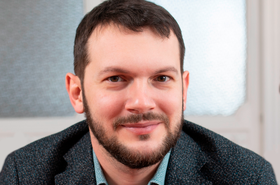HPE has built a new supercomputer for the University of Hyogo in Kobe, Japan.
The system, housed at the Center for Cooperative Work on Computational Science at the University of Hyogo, will study meteorological phenomena, plasma physics, complex fluids, earthquake-resistant architecture, energy-saving materials, econophysics, and environmental DNA research.
“Our purpose is to contribute to society through education and research, and this powerful new supercomputer plays a vital role in advancing this mission and in addressing our diverse requirements,” said Professor Dr. Hitoshi Washizu, University of Hyogo. “The HPC and AI solution from HPE, backed by its broad portfolio, extensive experience, and track record, has proven instrumental in realizing our mission.”
HPE said the system has already been used to study sudden torrential downpours of rain, has developed coating materials that prevent the formation of blood clots in artificial hearts and lungs, and has been working to predict building damage and economic loss resulting from the Nankai Trough earthquake.
"We are honored to continue our long-standing collaboration with the University of Hyogo and advance their R&D resources to tackle complex scientific research in weather, manufacturing, medicine, and other phenomena,” said Fumiki Negishi, general manager, high-performance computing, AI, and mission critical systems, HPE Japan. "With this new third generation supercomputer we are delivering comprehensive high-performance computing and AI solutions for demanding research that aims to make impactful contributions to society’s most pressing issues."
The unnamed system was built using HPE Apollo 6500 Gen10 and HPE Apollo 2000 Gen10 systems featuring Nvidia V100 Tensor Core GPUs. It also uses a combination of HPE ProLiant DL360, DL380, and DL560 Gen10 servers, and a Cray ClusterStor E1000 Storage System.



